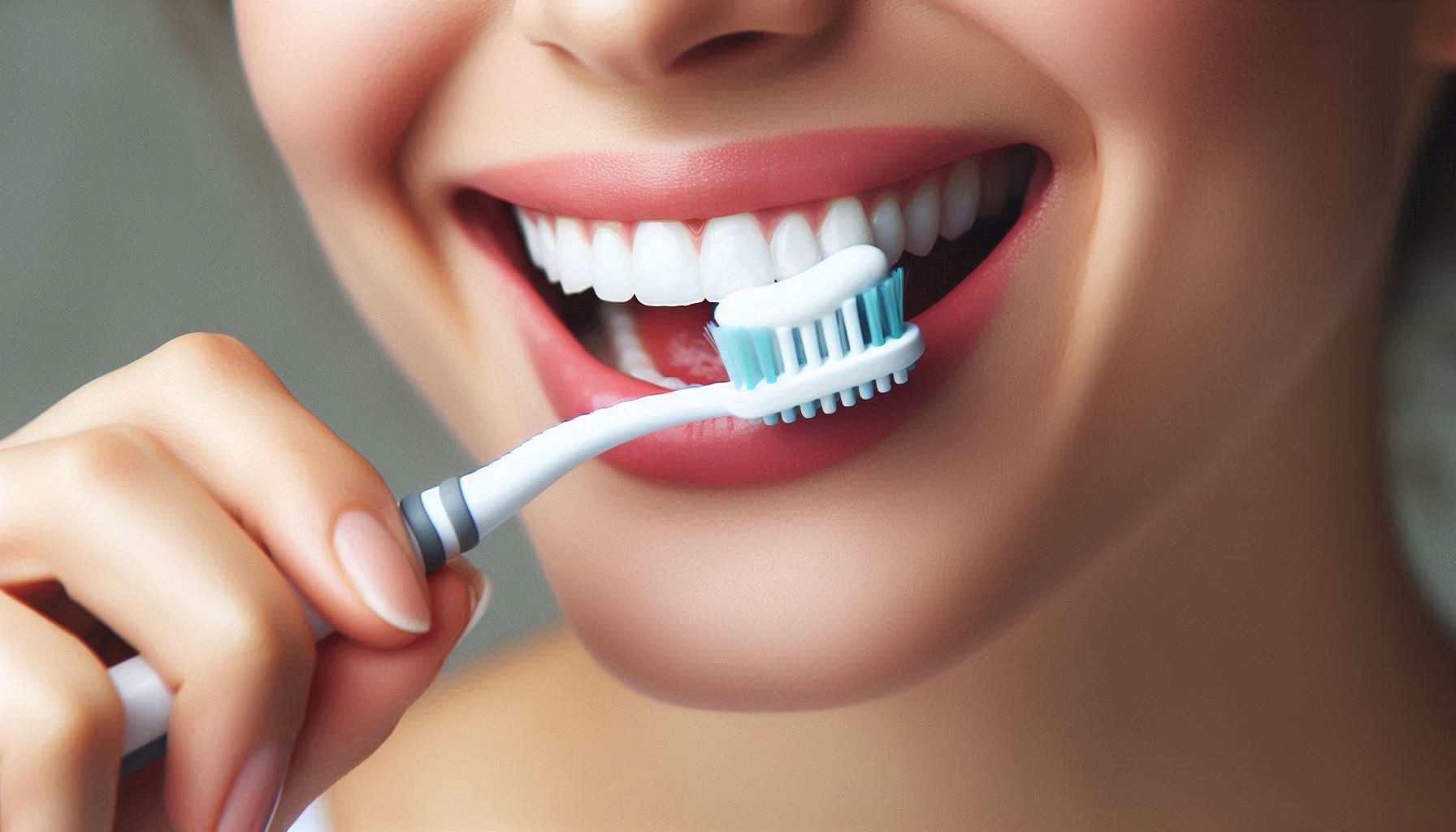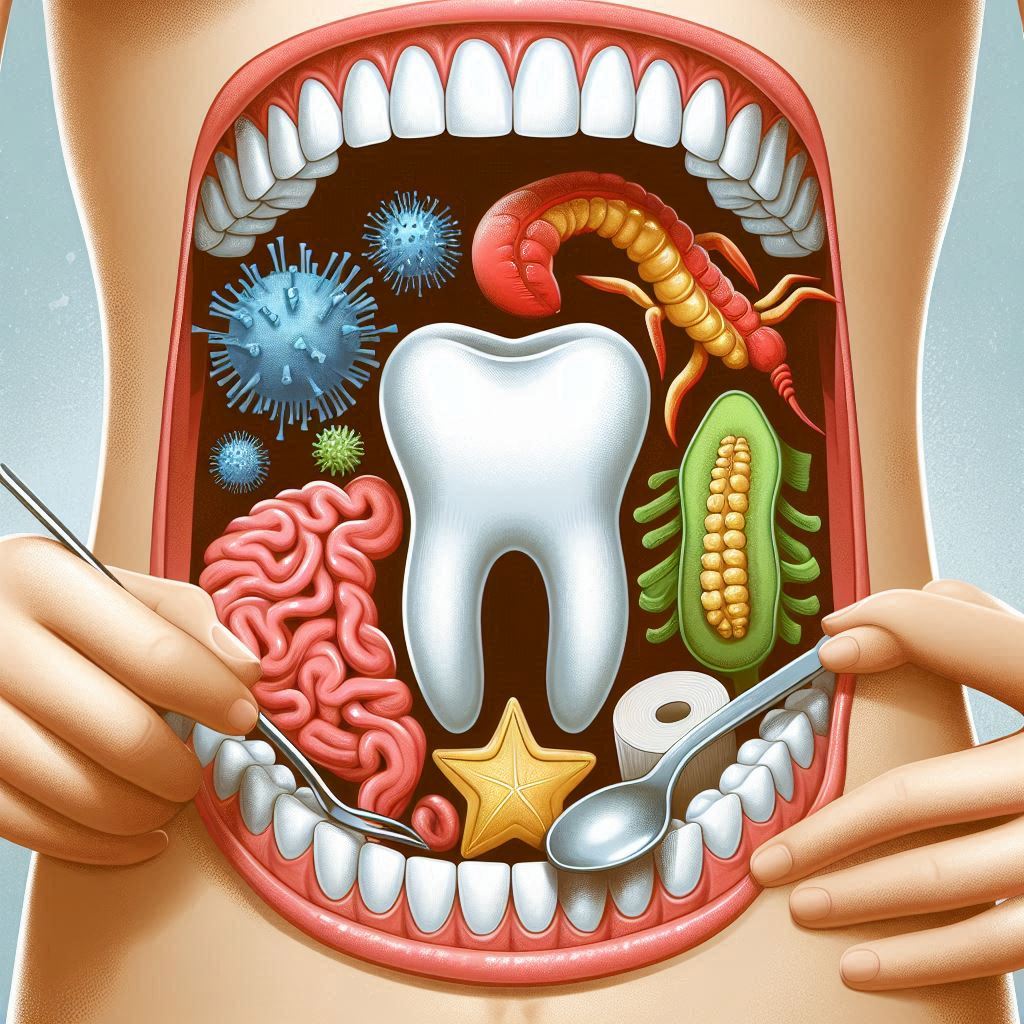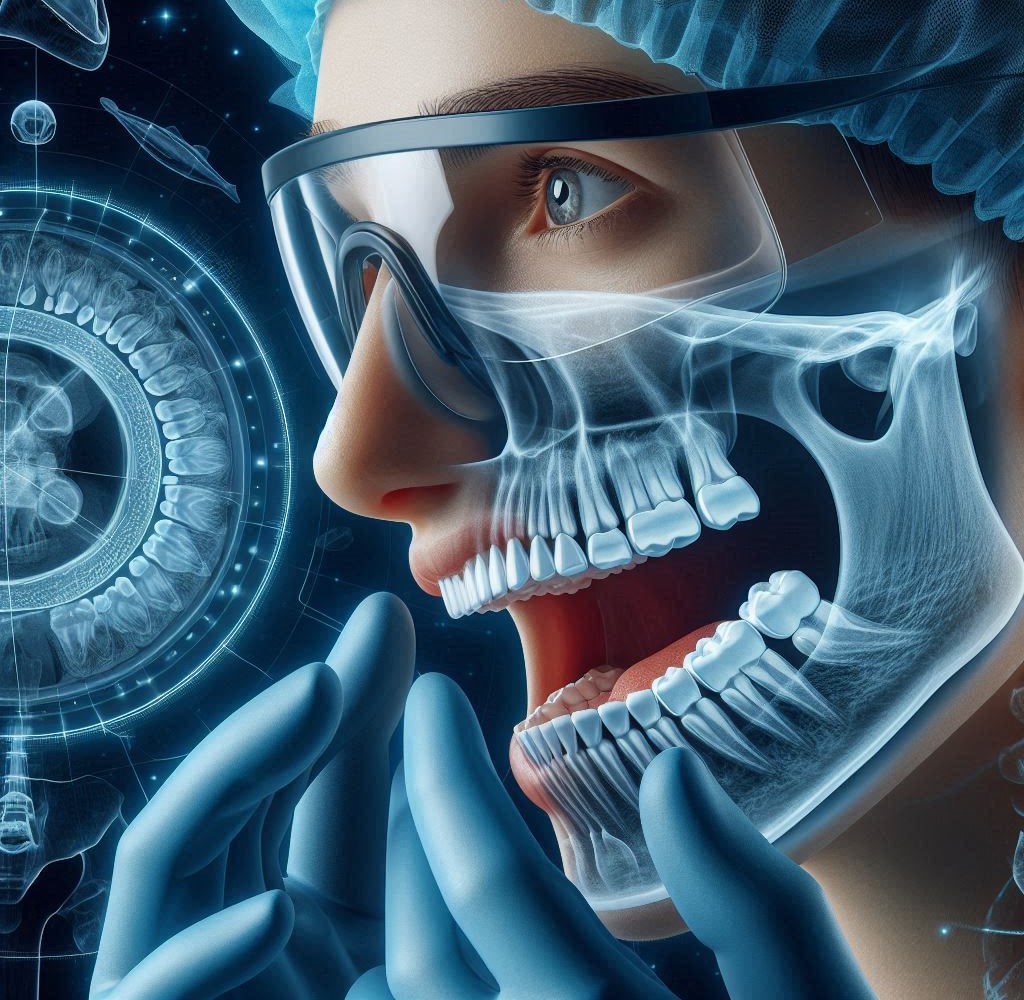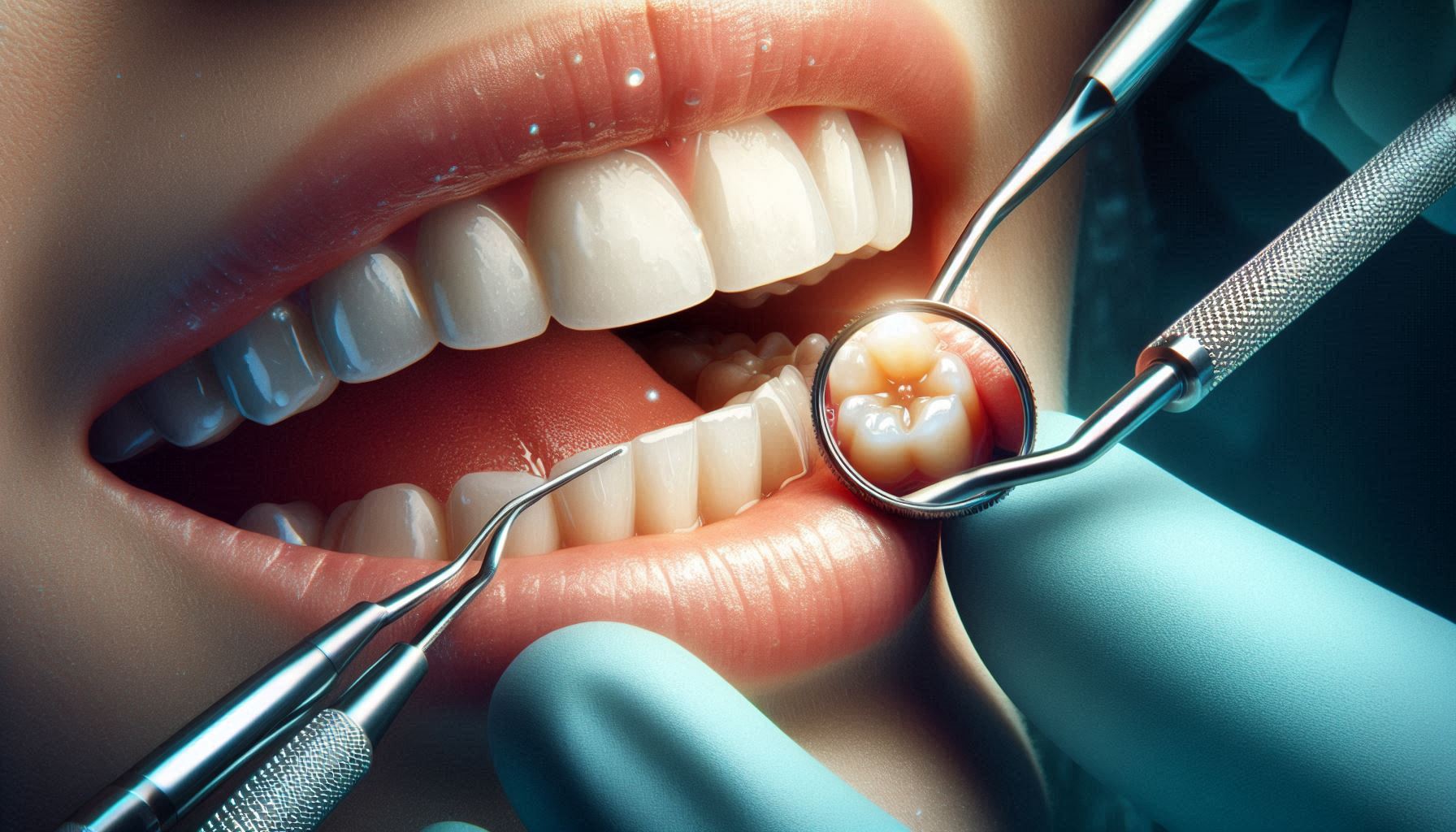Oral hygiene is essential for overall health, yet many people overlook the significance of proper brushing techniques. While most individuals brush at least twice daily, improper methods can lead to dental problems that impact not just oral health but overall well-being. Effective brushing helps prevent plaque buildup, cavities, and gum disease, which can have broader health implications.
This guide will explore the science behind brushing, detailing the correct techniques and best practices for optimal oral care. From selecting the right toothbrush and toothpaste to mastering the proper brushing motion and timing, we’ll ensure you have the knowledge to maintain a healthy smile. Additionally, we’ll highlight the importance of complementary practices like flossing, using mouthwash, and scheduling regular dental check-ups. By understanding and implementing effective oral hygiene habits, you can significantly reduce your risk of dental issues and enjoy a healthier, brighter smile for years to come.
The Importance of Oral Hygiene
Before we dive into the techniques of brushing, it’s essential to understand why maintaining good oral hygiene is vital.
- Plaque and Tartar Formation: Plaque is a soft, sticky film of bacteria that accumulates on teeth. If not removed through brushing and flossing, it can harden into tartar, which requires professional cleaning to remove.
- Prevention of Cavities: Cavities occur when acid produced by bacteria in plaque erodes the tooth enamel. Regular brushing removes plaque, significantly reducing the risk of cavities.
- Gum Disease: Poor oral hygiene can lead to gingivitis, the first stage of gum disease, characterized by swollen and bleeding gums. If left untreated, it can progress to periodontitis, which can result in tooth loss.
- Fresh Breath: Regular brushing helps eliminate food particles and bacteria that contribute to bad breath.
- Overall Health: Research suggests that poor oral health can be linked to systemic conditions such as heart disease, diabetes, and respiratory infections. Maintaining oral hygiene can therefore support overall health.
Understanding Dental Anatomy
- Tooth Structure: Explain the anatomy of a tooth, including the enamel, dentin, pulp, and gums. Understanding this can highlight why specific brushing techniques are necessary for protecting enamel and supporting gum health.
- Types of Teeth: Differentiate between incisors, canines, premolars, and molars. Discuss how each type plays a role in chewing and why it’s important to focus on all areas when brushing.
The Science Behind Brushing
- Plaque Formation: Describe how plaque forms and its role in tooth decay and gum disease. Discuss how brushing disrupts this process and helps maintain oral health.
- Fluoride’s Role: Explain how fluoride works to strengthen enamel and reduce the risk of cavities, emphasizing the importance of using fluoride toothpaste.
Special Considerations
- Sensitive Teeth: Offer advice for individuals with sensitive teeth, such as using desensitizing toothpaste or a softer toothbrush.
- Braces and Dental Appliances: Provide tips for people with braces or dental appliances, highlighting the need for special cleaning tools like orthodontic toothbrushes and flossers.
- Elderly and Special Needs: Discuss how elderly individuals or those with disabilities might need adapted tools (like ergonomic toothbrushes) or assistance to maintain oral hygiene.
Cultural Practices and Innovations
- Global Brushing Practices: Briefly touch on how tooth brushing habits vary around the world, such as the use of miswak (a natural toothbrush) in some cultures.
- Technological Advances: Explore the latest advancements in oral care technology, such as AI-powered toothbrushes that provide feedback on brushing habits and smart dental apps.
Oral Hygiene Myths
- Common Misconceptions: Address myths about brushing, such as the belief that “more is better” when it comes to brushing force or that mouthwash can replace brushing.
- Frequency of Brushing: Clarify how brushing too frequently (more than three times a day) can lead to gum damage, emphasizing balance.
The Psychological Aspect of Oral Care
- Connection Between Oral Health and Mental Well-Being: Discuss how maintaining good oral hygiene can boost confidence and self-esteem, impacting social interactions and overall mental health.
- Creating a Routine: Provide tips on how to establish a consistent oral hygiene routine, making it easier to remember brushing and flossing as part of daily life.
Choosing the Right Tools for Brushing
- Toothbrush Selection: Bristle Type: A soft-bristled toothbrush is recommended by dentists. Hard bristles can cause damage to gums and enamel, leading to increased sensitivity and potential gum recession.
- Size and Shape: Select a toothbrush that fits comfortably in your mouth and allows you to reach all areas of your teeth. Smaller heads can help in navigating hard-to-reach places.
- Manual vs. Electric: Both manual and electric toothbrushes can be effective. Electric toothbrushes may provide more consistent pressure and coverage but ultimately come down to personal preference.
- Toothpaste: Opt for fluoride toothpaste, which helps to remineralize enamel and fight cavities. If you have specific concerns, such as sensitivity or whitening, choose a toothpaste formulated for those issues.
The Proper Brushing Technique
Now that you have the right tools, let’s break down the correct technique for brushing your teeth.
- Position Your Brush: Hold your toothbrush at a 45-degree angle to your gums. This angle allows the bristles to clean both the teeth and the gum line effectively.
- Brushing Motion: Use short, gentle strokes, roughly the width of a tooth. Avoid harsh scrubbing, as this can irritate your gums and wear down tooth enamel.
- Focus on Different Surfaces:
- Outer Surfaces: Begin with the outer surfaces of your teeth. Brush from the gum line down to the biting surface.
- Inner Surfaces: Next, angle your brush vertically to clean the inner surfaces of your front teeth. Use gentle up-and-down strokes.
- Chewing Surfaces: Brush the flat chewing surfaces of your molars using a back-and-forth motion to dislodge food particles.
- Tongue: Gently brush your tongue to remove bacteria and freshen your breath. You can use the bristles of your toothbrush or a dedicated tongue scraper.
- Timing: Brush for at least two minutes, ensuring you spend enough time on each section of your mouth. Many people underestimate the time they spend brushing. Using a timer or a song can help keep track.
- Rinsing and Spitting: After brushing, rinse your mouth with water and spit out the toothpaste. Avoid rinsing too vigorously, as this can wash away beneficial fluoride that protects your teeth.
Additional Oral Hygiene Practices
Brushing is just one part of an effective oral care routine. Incorporating additional practices can enhance your oral health.
- Flossing: Flossing once a day is crucial for removing plaque and food particles from between your teeth, where your toothbrush can’t reach. Use a gentle sawing motion to slide the floss between your teeth, curving it around each tooth to clean effectively.
- Mouthwash: Using an antibacterial mouthwash can help reduce plaque and gingivitis. Look for a mouthwash containing fluoride for additional protection against cavities. Rinse for the recommended time on the label.
- Regular Dental Visits: Schedule dental check-ups every six months for professional cleanings and examinations. Your dentist can identify early signs of dental issues and provide personalized advice for your oral care routine.
- Diet and Hydration: Limit sugary foods and beverages, which can contribute to tooth decay. Instead, focus on a balanced diet rich in fruits, vegetables, whole grains, and dairy. Staying hydrated helps produce saliva, which neutralizes acids and washes away food particles.
- Avoiding Tobacco: Tobacco use is associated with a higher risk of gum disease and oral cancer. Quitting smoking or using tobacco products can significantly improve your oral health.
Common Brushing Mistakes
Despite the best intentions, many people make common mistakes when brushing their teeth. Here are a few to avoid:
- Brushing Too Hard: Many individuals think that brushing harder will clean their teeth better. In reality, this can damage gums and enamel. Use gentle pressure and let the bristles do the work.
- Neglecting Certain Areas: It’s easy to overlook certain areas of the mouth. Pay attention to the back molars and inner surfaces, as these areas often collect plaque.
- Not Changing Your Toothbrush: Failing to replace your toothbrush every three to four months can lead to ineffective cleaning. A worn-out toothbrush won’t clean your teeth properly.
- Brushing Immediately After Eating: If you’ve consumed acidic foods (like citrus fruits or soda), wait at least 30 minutes before brushing. Brushing too soon can damage enamel softened by acid.
- Using the Same Toothbrush for Too Long: As bristles fray over time, they become less effective. Change your toothbrush or toothbrush head regularly to maintain optimal cleaning.
The Role of Children in Oral Hygiene
Establishing good oral hygiene habits in childhood is crucial for lifelong dental health. Here are some tips for encouraging good brushing habits in children:
- Start Early: Begin cleaning your child’s gums with a soft cloth before their teeth erupt. Once teeth appear, transition to a small, soft-bristled toothbrush.
- Make It Fun: Use fun toothbrushes or toothpaste flavors that appeal to children. Playing music or using a timer can turn brushing into a game.
- Lead by Example: Demonstrate proper brushing techniques and brush your teeth together. This not only teaches them how to brush correctly but also promotes bonding.
- Encourage Independence: As children grow older, encourage them to brush their teeth independently, while you supervise and provide guidance.
- Regular Dental Visits: Schedule dental visits for your child as soon as their first tooth appears. Regular check-ups can help instill good oral health habits from an early age.
The Impact of Technology on Oral Hygiene
In recent years, advancements in technology have transformed oral hygiene practices. Here are a few innovations worth considering:
- Electric Toothbrushes: Many studies suggest that electric toothbrushes can be more effective at reducing plaque and gum disease compared to manual brushing. Some models feature timers, pressure sensors, and different brushing modes tailored to specific needs.
- Smart Toothbrushes: Smart toothbrushes can connect to apps on your smartphone, providing real-time feedback on your brushing technique, duration, and areas missed. This can help improve your brushing habits.
- Flossing Alternatives: Water flossers and interdental brushes can be effective alternatives to traditional flossing, especially for individuals with braces or limited dexterity.
- Oral Health Apps: Various apps can help track oral hygiene habits, remind you to brush and floss, and schedule dental appointments. They can be particularly useful for children and those looking to maintain consistent routines.
Conclusion
Brushing your teeth correctly is more than just a daily habit; it’s a crucial practice that significantly influences your overall health. Adopting the right techniques and tools, along with incorporating complementary oral hygiene practices, can greatly reduce your risk of dental problems. Good oral health is a lifelong commitment. By educating yourself about effective brushing and flossing methods, you lay the groundwork for a lifetime of healthy smiles. Regular visits to your dentist are equally important, as they can help identify potential issues before they become serious.
Make sure you’re using a soft-bristled toothbrush and fluoride toothpaste and pay attention to your brushing technique—spending at least two minutes, twice a day, on all surfaces of your teeth. Additionally, incorporating daily flossing and using mouthwash can enhance your oral care routine. Remember, consistency is key. By sticking to these practices and maintaining a balanced diet, you can enjoy the long-term benefits of a radiant smile and good oral health. So, brush up on your techniques, stay committed, and watch your smile thrive for years to come.
SOURCES
LISTERINE – How to Brush Your Teeth the Right Way
Grace Dental Group – Are You Brushing Your Teeth Correctly?
CURAPROX – Brushing teeth correctly
Tawa Dental– Evolution of Dental Hygiene Practices: Brief History of Dental Hygiene
HISTORY
Current Version
October 12, 2024
Written By:
SUMMIYAH MAHMOOD




